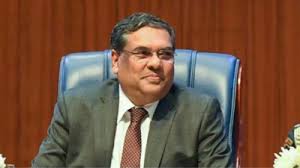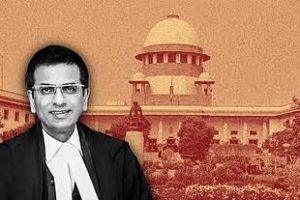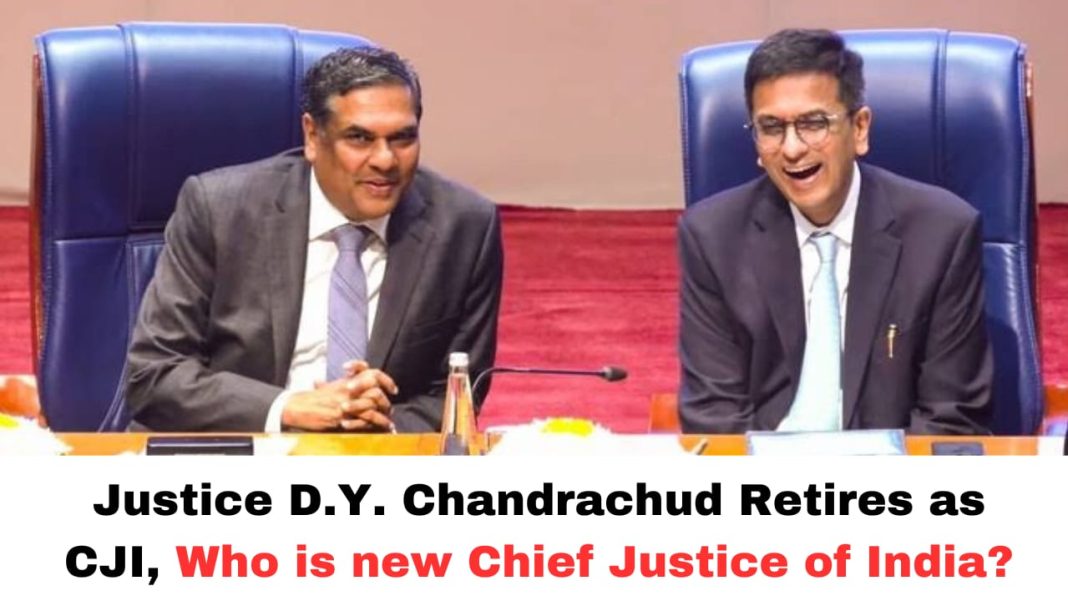Digital News Guru Education Desk:
November 10, 2024, marks the retirement of Justice D.Y. Chandrachud, the 50th Chief Justice of India (CJI). His time as the head of India’s Supreme Court is remembered for promoting constitutional values and upholding individual rights. He took office as CJI on November 9, 2022, and his departure opens a new chapter, with Justice Sanjiv Khanna stepping in as the 51st Chief Justice on November 11, 2024.

A Tenure Focused on Rights and Reforms
Justice Chandrachud’s approach was known for being progressive and people-centered. He believed in strengthening fundamental rights and making the judiciary more approachable to the common person. His work often revolved around defending freedoms and ensuring the Constitution protected all citizens equally.
One of his biggest contributions came in the form of landmark judgments that shaped modern India. He played a critical role in establishing the right to privacy as a fundamental right in 2017’s Justice K.S. Puttaswamy vs. Union of India case, which later influenced data protection laws and citizens’ rights in the digital age. This judgment laid down the foundation for understanding how deeply privacy is tied to human dignity.

Key Rulings and Social Impact
During his time as Chief Justice, Justice Chandrachud made decisions on crucial cases. One highlight was the judgment striking down parts of the electoral bonds scheme for political funding, which many critics argued lacked transparency and accountability. His decision was celebrated as a bold stand for electoral fairness and democracy.
Justice Chandrachud was also passionate about gender equality and women’s rights. Under his leadership, the Supreme Court made groundbreaking rulings on women’s reproductive health, including expanding abortion rights to unmarried women up to 24 weeks of pregnancy. This decision was praised for recognizing reproductive autonomy as a core part of women’s rights under the Constitution.
Another important judgment under his tenure defended the power of Delhi’s elected government, emphasizing that the central government cannot overrule local administrative powers. This ruling was seen as a victory for federalism and democracy, ensuring that elected officials have the authority to govern without unnecessary interference.
Embracing Technology and Modernization
Justice Chandrachud also worked hard to make the judiciary more transparent and efficient. He supported the live-streaming of Supreme Court proceedings, a historic step aimed at making the justice system more open and understandable to the public. This initiative gave people across India a better look at how important decisions are made, demystifying the courtroom for millions.
Moreover, he championed the digitization of court processes. Moving away from the traditional paperwork-heavy system, he pushed for using technology to manage cases and reduce delays. His vision was to create a faster and more accessible justice system, particularly for people in remote or rural areas. These reforms are likely to benefit the judicial system well beyond his tenure.
Challenges and Criticisms
Despite his achievements, Justice Chandrachud faced his share of challenges. Some of his judgments were controversial and sparked public debates. Critics argued that he sometimes ventured into areas best left to elected officials, blurring the line between judicial and executive functions. Others saw his progressive stance on issues like privacy and gender rights as overreaching or too modern for traditional values.
Justice Chandrachud also acknowledged the growing pressures on the judiciary, especially from social media and public opinion, which can sometimes influence how cases are viewed. He remained steadfast, insisting that judges must act according to the Constitution and not be swayed by political or social pressure.
Looking Back and Moving Forward
Justice D.Y. Chandrachud’s retirement is a major moment for India’s judiciary. His contributions to human rights, transparency, and modernization have left a lasting impression. His emphasis on fairness, equality, and judicial independence will likely be studied and appreciated for years to come. Yet, as India faces new social and constitutional challenges, the judiciary under Justice Khanna’s leadership will need to build on these foundations and adapt to an ever-evolving legal landscape.

Justice Chandrachud’s work will continue to inspire debates and discussions about the role of the judiciary in a democracy. As he steps away, his influence remains woven into the legal fabric of India, reminding us that the protection of fundamental rights is essential to a thriving democracy.
You May Also Read: Mahakumbh 2025 Preparations: 200 Water ATMs, 7-Tier Security, and a Clean Ganga Drive








